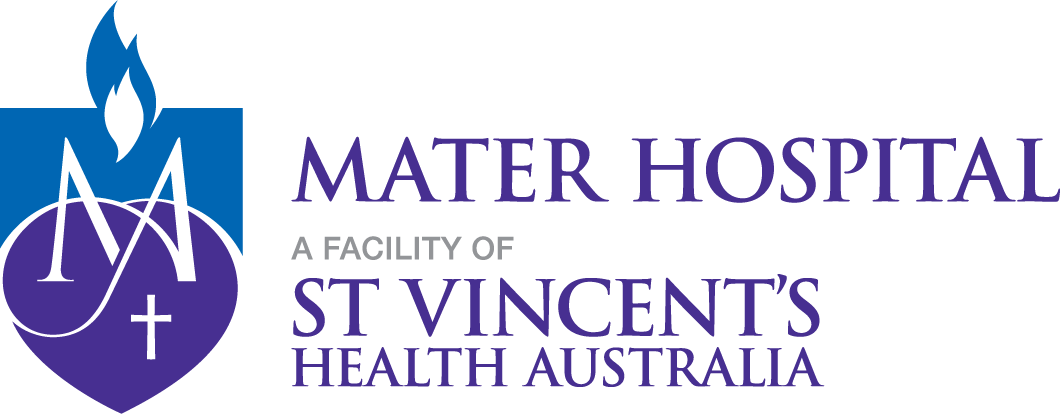Liver Diseases & Cirrhosis
What are Liver Diseases & Cirrhosis?
Liver diseases refer to a group of conditions that affect the structure and function of the liver. The liver is a vital organ that helps process nutrients from food, filters toxins from the blood, and helps with digestion by producing bile.
Cirrhosis is a late stage of chronic liver disease. It occurs when healthy liver tissue is gradually replaced by scar tissue (fibrosis), often due to long-term damage. This scarring prevents the liver from working properly. Over time, cirrhosis can lead to liver failure, a life-threatening condition where the liver can no longer perform its vital functions.
Impact of Liver Disease & Cirrhosis on Anatomy and Health
The liver plays a central role in your body’s metabolism, blood detoxification, hormone regulation, immune function, and nutrient storage. Many of these functions become impaired when it is affected by disease or scarring (as in cirrhosis).
As liver damage progresses, scar tissue replaces healthy tissue. This affects the liver’s ability to:
- Detoxify the blood: Leading to a build-up of toxins
- Process nutrients: Causing nutritional deficiencies
- Regulate clotting: Increasing the risk of bleeding
- Produce proteins: Affecting blood chemistry and pressure
- Remove bacteria and waste: Increasing the risk of infections
In cirrhosis, anatomical changes also occur. The liver becomes stiff and lumpy, and blood flow through it is restricted. This may cause increased pressure in the veins that drain into the liver (called portal hypertension), which can lead to swollen veins in the esophagus and stomach (varices), fluid buildup in the abdomen (ascites), and kidney problems.
Cirrhosis may also lead to hepatic encephalopathy, a serious brain condition caused by toxins accumulating in the body due to liver failure.
Causes and Risk Factors for Liver Diseases & Cirrhosis
Certain individuals are at a higher risk of developing liver disease or cirrhosis.
Common risk factors include:
- Chronic alcohol use: Excessive drinking is a major cause of liver damage and cirrhosis
- Obesity: Increases the risk of non-alcoholic fatty liver disease (NAFLD)
- Viral infections: Especially chronic hepatitis B and C
- Family history: Some liver diseases, like hemochromatosis and Wilson’s disease, are inherited
- Diabetes and high cholesterol: Metabolic conditions linked with fatty liver disease
- Exposure to toxins or certain medications: Can directly damage liver cells
- Poor diet and sedentary lifestyle: Contribute to fatty liver and liver inflammation
Other at-risk groups include:
- People with autoimmune disorders
- Intravenous drug users (due to the risk of hepatitis)
- Individuals who have had blood transfusions before 1990
- Healthcare workers exposed to bloodborne viruses
Symptoms of Liver Diseases & Cirrhosis
Liver disease may not cause symptoms in its early stages. As the disease progresses, signs and symptoms become more noticeable.
Common early symptoms:
- Fatigue
- Loss of appetite
- Nausea or vomiting
- Weight loss
- Mild upper abdominal pain or discomfort (especially on the right side)
As the disease worsens, symptoms of cirrhosis may appear, including:
- Jaundice: Yellowing of the skin and eyes
- Dark urine and pale stools
- Swelling in the legs, ankles, or abdomen
- Itchy skin
- Easy bruising or bleeding
- Confusion, memory problems, or difficulty concentrating (encephalopathy)
- Spider-like blood vessels on the skin
- Loss of sex drive or breast enlargement in men
In advanced stages, complications such as internal bleeding, infections, or liver failure may occur, requiring urgent medical attention.
Prevention of Liver Diseases & Cirrhosis
Many liver conditions can be prevented, or their progression can be slowed with the right lifestyle changes and medical care.
Prevention strategies include:
- Limit alcohol intake: Or avoid it altogether if you have any liver concerns
- Maintain a healthy weight: Obesity increases the risk of fatty liver disease
- Exercise regularly: It helps improve liver health and prevent fat buildup
- Eat a balanced diet: Rich in fruits, vegetables, lean protein, and whole grains
- Avoid high-sugar and high-fat processed foods
- Be careful with medications: Take only as prescribed, and avoid overuse of paracetamol
- Avoid illegal drugs and needle sharing
- Practice safe sex: To reduce the risk of hepatitis B and C transmission
- Get vaccinated: Hepatitis A and B vaccines are available and effective
- Manage chronic conditions: Such as diabetes, high cholesterol, and high blood pressure
- Regular check-ups: Especially if you are at higher risk or have a family history of liver disease
Early detection and treatment of liver problems can help slow or prevent progression to cirrhosis.
Types of Liver Diseases & Cirrhosis
Liver diseases include a wide range of conditions that affect liver function. Some are temporary and treatable, while others are long-term and may lead to cirrhosis or liver failure.
Common types of liver diseases include:
- Fatty Liver Disease (Steatosis): Fat builds up in liver cells. This includes:
- Non-Alcoholic Fatty Liver Disease (NAFLD): Often linked to obesity, diabetes, and high cholesterol.
- Alcoholic Fatty Liver Disease (AFLD): Caused by heavy drinking.
- Hepatitis: Inflammation of the liver, commonly caused by viruses:
- Hepatitis A: Usually short-term and spread through contaminated food or water.
- Hepatitis B and C: Can become chronic and lead to long-term liver damage.
- Autoimmune Liver Diseases: The immune system attacks healthy liver tissue, e.g.:
- Autoimmune Hepatitis
- Primary Biliary Cholangitis (PBC)
- Primary Sclerosing Cholangitis (PSC)
- Genetic (Inherited) Liver Diseases:
- Hemochromatosis: Too much iron builds up in the body.
- Wilson’s Disease: Copper accumulates in the liver and other organs.
- Drug- and Toxin-Induced Liver Disease: Caused by medications, supplements, or toxins.
- Liver Cancer: Can develop on its own or as a result of long-term liver disease.
- Cirrhosis: A late stage of liver scarring due to long-term damage from any of the above conditions.
Stages of Liver Diseases & Cirrhosis
Liver disease often develops in stages, which helps doctors understand how advanced the condition is and guide treatment.
General stages of liver disease:
- Healthy Liver: No damage. The liver performs all its functions well.
- Fatty Liver (Steatosis): Fat accumulates in the liver, but there is little or no inflammation or scarring.
- Inflammation (Steatohepatitis): Liver becomes inflamed, and damage begins.
- Fibrosis: The liver starts forming scar tissue, but still has some healthy tissue to function.
- Cirrhosis: Severe scarring makes it hard for the liver to function properly. Blood flow through the liver is affected.
- End-Stage Liver Disease / Liver Failure: The liver can no longer perform vital tasks. This may require a liver transplant.
Cirrhosis itself can be classified into:
- Compensated Cirrhosis: Liver is damaged but still manages to perform most of its functions. Few or no symptoms.
- Decompensated Cirrhosis: Liver function declines, and serious complications arise, such as:
- Jaundice
- Ascites (fluid in the abdomen)
- Internal bleeding
- Confusion or coma (hepatic encephalopathy)
Diagnosis of Liver Diseases & Cirrhosis
Common diagnostic steps include:
- Medical History & Physical Exam: Discuss symptoms, alcohol use, medications, family history, and any known exposures.
- Blood Tests (Liver Function Tests): Check enzymes, proteins, and substances that reflect liver health.
- Elevated ALT, AST, ALP, and bilirubin may signal liver damage.
- Imaging Tests:
- Ultrasound: Can detect liver size, fat, and some forms of scarring.
- CT Scan or MRI: Offers detailed liver images and helps assess damage or tumours.
- FibroScan (Transient Elastography): Measures liver stiffness to evaluate fibrosis or cirrhosis.
- Liver Biopsy: A small sample of liver tissue is examined under a microscope to confirm the stage and type of liver disease.
- Specialised Blood Tests: May check for hepatitis viruses, autoimmune markers, iron, copper, and genetic conditions.
Treatment of Liver Diseases & Cirrhosis
Treatment options include:
- Lifestyle Changes:
- Stop alcohol use: Essential in alcoholic liver disease.
- Weight loss and healthy diet: Especially for NAFLD.
- Exercise regularly: Helps reduce fat and improve liver function.
- Medications:
- Antiviral therapy: For hepatitis B or C.
- Steroids or immune suppressants: For autoimmune liver disease.
- Chelation therapy: Removes excess iron or copper in genetic conditions.
- Diuretics and other medications: Manage symptoms like fluid retention or confusion.
- Managing Complications:
- Endoscopic treatment: For bleeding varices.
- Paracentesis: Drains fluid from the abdomen.
- Lactulose: Reduces toxins linked to hepatic encephalopathy.
- Monitoring and Supportive Care:
- Regular liver function tests and imaging.
- Vaccinations (Hepatitis A, B, and other routine vaccines).
- Liver Transplant: For patients with advanced cirrhosis or liver failure. It offers a chance for a cure when no other treatments work.
What if Liver Disease is Left Untreated?
If liver disease is left untreated, it can silently progress to serious and life-threatening complications.
Potential consequences of untreated liver disease include:
- Progression to Cirrhosis: Liver scarring becomes severe, and function declines.
- Liver Failure: The liver stops working entirely, leading to death without a transplant.
- Portal Hypertension: Increased pressure in the liver’s blood vessels causes internal bleeding, especially in the esophagus.
- Ascites and Infections: Fluid buildup in the abdomen may cause infection (spontaneous bacterial peritonitis).
- Encephalopathy: Toxins affect the brain, leading to confusion, mood changes, or coma.
- Increased Risk of Liver Cancer (Hepatocellular Carcinoma): Especially in those with chronic hepatitis or cirrhosis.
- Death: Untreated advanced liver disease carries a high risk of mortality.
Early management, lifestyle changes, and medical treatment significantly improve outcomes and can extend life expectancy.













